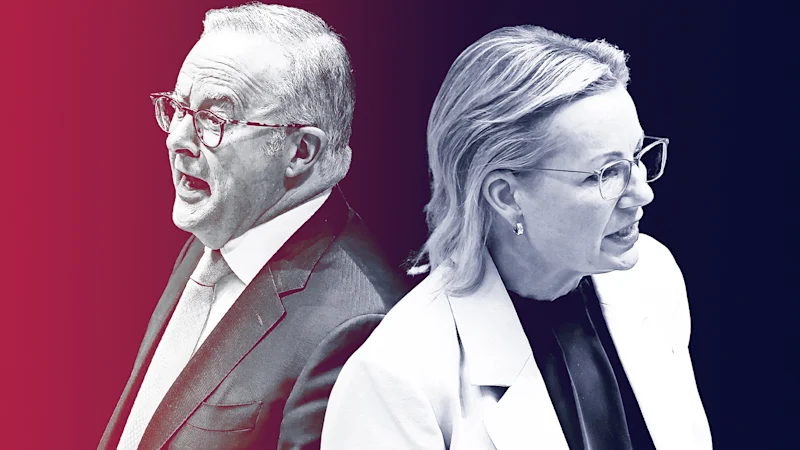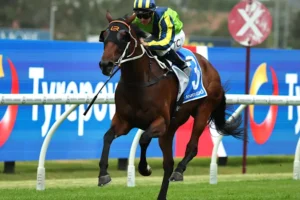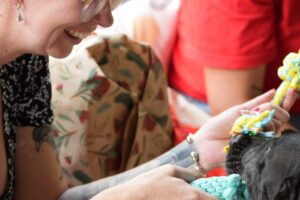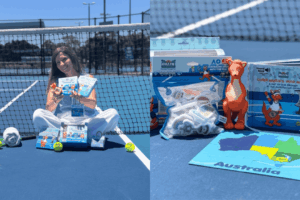
When asked to nominate the policy that mattered most to them, 42 per cent chose “keeping the cost of living low”. No other single issue reached double digits.
And in concerning findings for the Albanese government, 42 per cent of voters hold the federal government most responsible for rising living costs, up from 36 per cent in October 2024: 7 per cent blame businesses, 7 per cent blame the Reserve Bank, 11 per cent blame state governments, 16 per cent blame global factors and 14 per cent are unsure.
Resolve Pollster Jim Reed said cost pressures were the dominant issue and that would not change until prices came down, but he said the Coalition would not recover significant ground “until they get their house in order – which simply means a unified team working together to hold the government to account and present its alternative policy agenda – only their rusted-on base will stick with them”.
Labor would win again comfortably on current polling, but the Coalition is ranked within two percentage points of the government on the key issues of economic management, managing the finances and keeping down the cost of living. Both sides are tracking just below 30 per cent.
When asked if they could cover a major expense such as a new fridge or a major car repair, costing a few thousand dollars, 61 per cent of people agreed or strongly agreed they would struggle to pay for it – up sharply on 50 per cent in December 2024, while 24 per cent disagreed (36 per cent in December 2024) and 15 per cent were unsure (14 per cent in December 2024).
Seventy per cent of respondents agreed they would spend less on Christmas this year; 71 per cent agreed they would buy fewer or cheaper presents; and 63 per cent of people agreed they are finding it harder to make ends meet now than they were a year ago.
Voters were not overly optimistic about Australia’s economic outlook in the near future.
Over the next six months, just 20 per cent said the outlook would improve, 29 per cent thought it would stay the same and 42 per cent said it would get worse, and over the next year, 25 per cent of people said the outlook would improve and 42 per cent said it would get worse.
In the two-party-referred vote, based on stated preferences from people surveyed, Labor slipped by two percentage points and the Coalition gained two points, now standing at 53-47. This is a dip from Labor’s 55-45 result last month, matching election day, when Labor won a record 94 lower house seats, and down from the government’s record high 59-41 in September.
The poll of 1804 respondents was conducted from November 4 to 8. It has a margin of error of plus or minus 2.3 per cent
The increase in the Coalition’s primary vote and its two-party-preferred vote comes despite a month of bitter infighting within the two major opposition parties over support for Australia’s emissions target of net zero by 2050, and despite a small fall in approval for Sussan Ley.
The Liberal Party will return to Canberra this week to thrash out the final details of the party’s net zero policy and there is a growing expectation the party will junk or delay its commitment to net zero by 2050.
Ley took a massive hit to her personal performance rating in last month’s poll after losing two members of her frontbench and party infighting spilled into the public domain.
And after a series of missteps in recent weeks in which she called for the prime minister to sack Kevin Rudd as US ambassador; accused Albanese of wearing an anti-semitic Joy Division T-shirt; and blamed the government for stopping her visit to the Tomago smelter, her net performance rating fell further from minus five to minus seven per cent.





